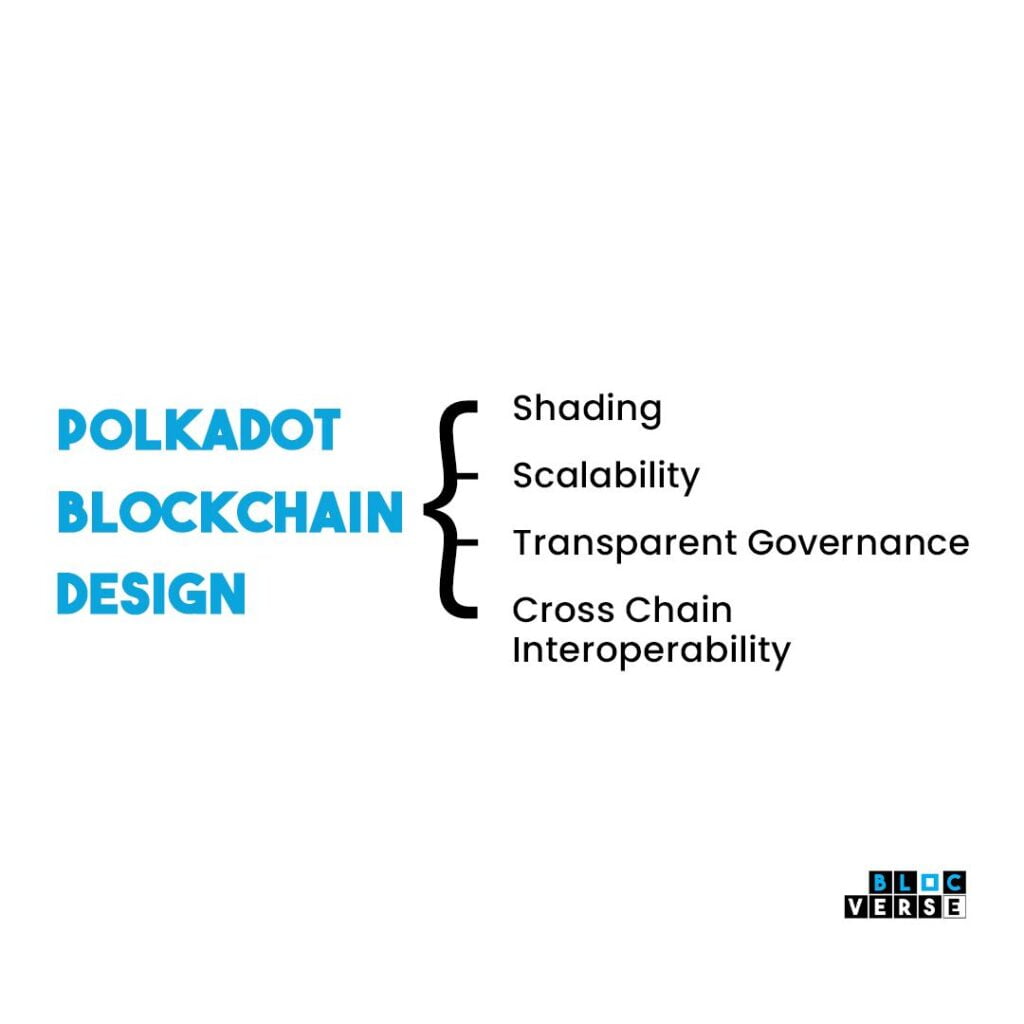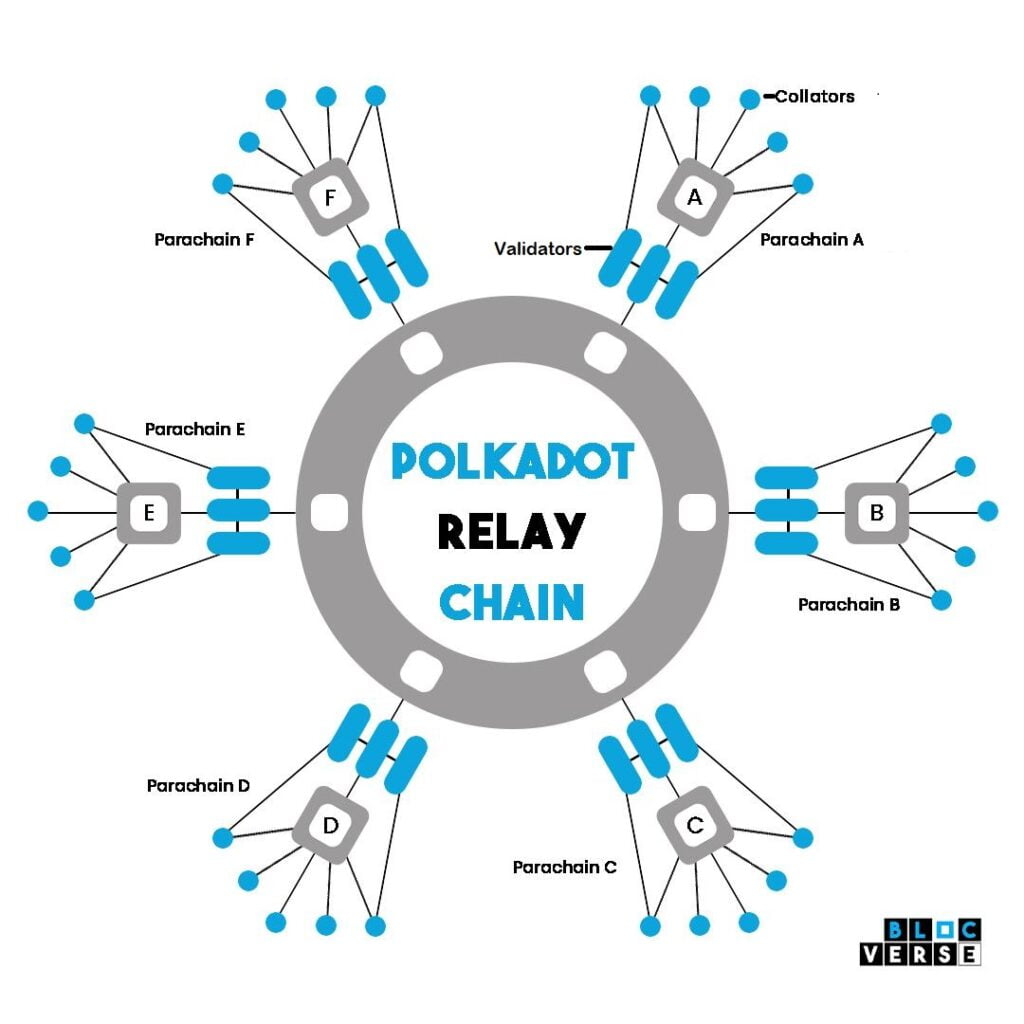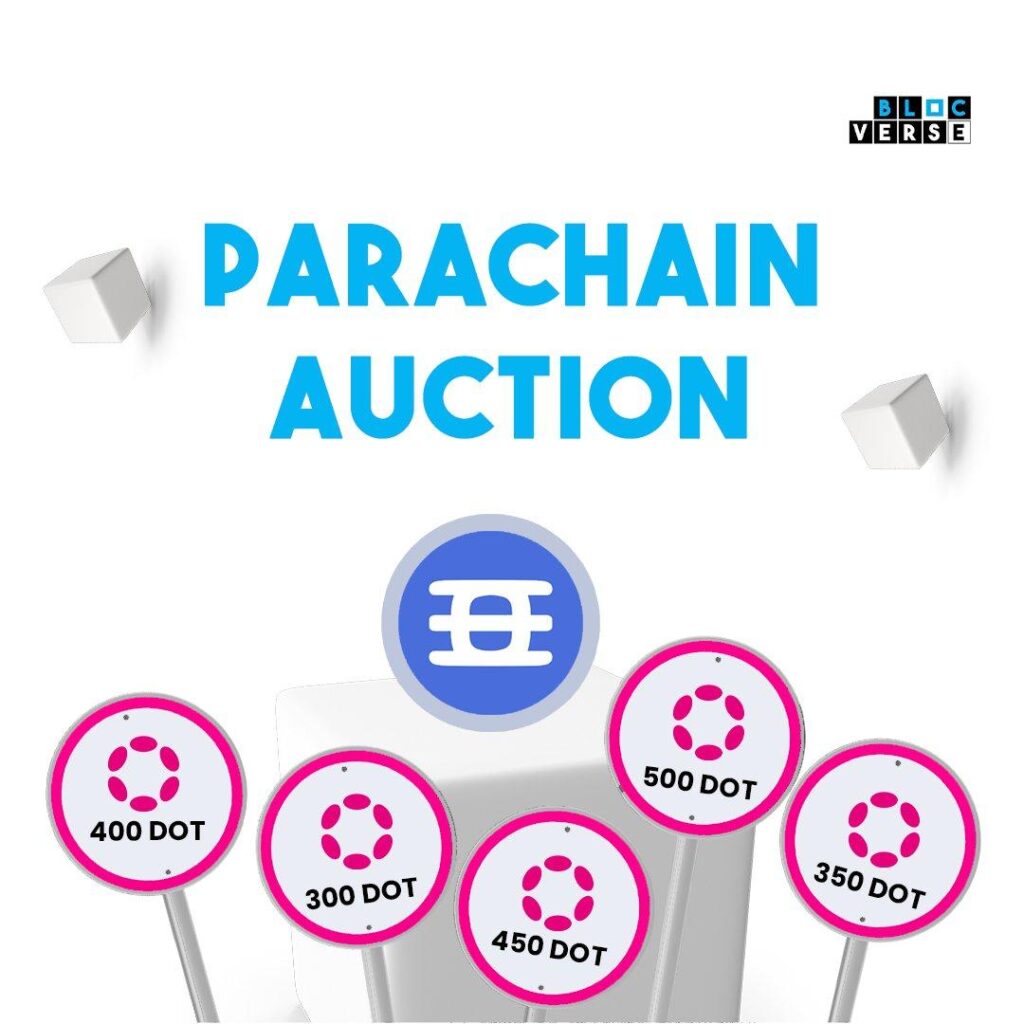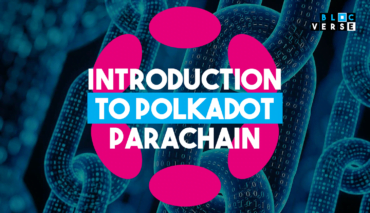Polkadot- Parachain is an advanced, specialized, and interconnected next-generation layer-1 blockchain.
Every day, we interact with centralized companies/organizations that make us agree to terms and conditions that most of us don’t read.
The reason is that we want to access a certain service that may be of benefit to us.
Now, due to how bulky those terms and conditions may be, we might not read them.
This makes us agree to conditions that give them access and complete control over our data generated through the interactions with their tools.
Web2 companies take advantage of this data without the user’s consent; they use it for targeted advertising.
This creates a lot of opportunities for advertisers to pay them and get your personal information in return and, sometimes, sell it to third-party organizations.
These organizations give them access to the users’ preferences, for instance, what the users spend their time on, likes and dislikes.
It gives them the privilege of displaying their products or services and influencing the user.
What is Polkadot?
Polkadot is a blockchain protocol that connects a network of several blockchains, allowing them to function and communicate with each other.
Polkadot opens up many real-world use cases by allowing any sort of data to be exchanged between any type of blockchain.
This allows cross-chain interoperability to function smoothly and continuously.
An Introduction to its Design

The blockchain has various advantages over other existing networks, which include these:
1. sharding.
2. scalability.
3. upgradeability.
4. transparent governance.
5. cross-chain interoperability.
With all these combined, the blockchain is highly scalable, with a throughput of over 1,000 transactions per second.
Sharding
Sharding in Polkadot means it joins many chains into a single network, allowing them to perform transactions in parallel, and securely share data between them.
The sharding model deals with different chains called shards.
They act as child chains to the relay chain; It can optimize each chain in the network for a specific use case rather than being forced to adapt to a one-size-fits-all model.
This means that they have their consensus algorithm and handle their security.
More chains and more specialization mean more possibilities for innovation.
Scalability
Polkadot allows many transactions to be executed simultaneously.
The concept of implementing sharding on the blockchain does this.
By connecting multiple specialized chains into one sharded network, it gives birth to thousands of transactions per second (throughput).
This approach eliminates inconsistencies that occurred on previous blockchains, like bitcoin.
Upgradeability
Like all software, blockchains need upgrades to change and develop with the speed of technology.
Forks are required to upgrade traditional blockchains. Polkadot changes this by allowing blockchains to upgrade themselves without having to fork the chain.
Polkadot’s transparent on-chain governance technology is used to carry out these forkless upgrades.
Transparent governance
Anyone who owns its native token called DOTs governs Polkadot.
All DOT holders can submit proposals to change the protocol or vote on existing proposals, thus forming a decentralized concept of a DAO.
They can also help elect council members who represent passive stakeholders within Polkadot’s governance system.
Cross-chain interoperability
Polkadot’s cross-chain interoperability and message passing allow for shards within the network and blockchains outside the network to communicate, exchange value, and share functionality.
What is Parachain?
Polkadot deals with a network of diverse blockchain shards called parachains.
These chains are connected and secured by the Polkadot Relay Chain, making them act as childchains to the main chain.

They can also connect with external networks via bridges.
Validators
Are responsible for securing the Relay Chain by staking DOTs, validating proofs from collators, and participating in consensus with other validators.
Collators
Are responsible for maintaining shards by collecting shard transactions from users and producing the proofs to validators.
These shards are Independent blockchains with their currency and functionality designed for specific use cases.
This in turn helps the Polkadot blockchain scale. Also, the relay chain uses the proof of stake consensus algorithm.
What is a Parachain auction?
Parachain auction is a way for parachains like the substrate-built blockchains to connect to the relay chain (main chain) through an auction.
The concept behind this auction is to allocate parachain slots to projects that want to build/operate on the network.
What are Parachain slots?
Slots are openings on the network (Polkadot) for projects to bid to get into the network.
It is highly competitive as it requires bidders to have huge amounts of DOT to compete in the network and offers DOTs for deposit in order to gain rewards for a period of time.
The minimum amount to enter a bid in an auction is 5 DOT.
Parachains connect to Polkadot by leasing out a slot/opening on the relay chain.
It uses a candle auction algorithm to randomize the exact moment the winner of an auction is determined.
After a successful auction, a project gets into the Polkadot ecosystem.
Its duration is to last for about 96 weeks after which a new slot/opening comes up.
This allows the project to bid again and maintain their slot if they wish to retain one.
The DOT tokens are locked over the entire slot duration.
Projects require the most DOT biddings for the parachain slot, which they can successfully lease to become a Polkadot parachain.
In turn, these projects achieve cross-chain.
Also, crowdloans create a way for projects like moonbeam to win a parachain auction by the influence of their communities to raise the needed tokens.
How can Crowdloans be used to Win a Parachain Auction?
Crowdloans are a way for projects to raise money for a Polkadot parachain slot.

Individuals can temporarily lock their DOT in exchange for a payout from the project team, which is usually in the form of native tokens.
The donated DOT is used to assist parachain projects in gaining access to the network.
This is returned to the crowdloan participant once the parachain lease is completed (96 weeks in the case of the Moonbeam crowdloan).
The DOT is also not directly controlled by the parachain project when they are locked.
Project with Best auctions and slots
Moonbeam
Moonbeam is an Ethereum-compatible smart contract platform for Polkadot.
It allows multi-chain projects to be easily extended to Polkadot.
It supports (EVM) Ethereum virtual machine-enabled smart contracts.
Moonbeam will allow all applications developed to target the EVM environment with little friction.
This is because it employs Frontier, an interoperability layer with existing Ethereum tooling.
Another project to look out for is Acala, an Ethereum-compactable smart contract platform optimized for Defi and scaling DApps to polkadot.

